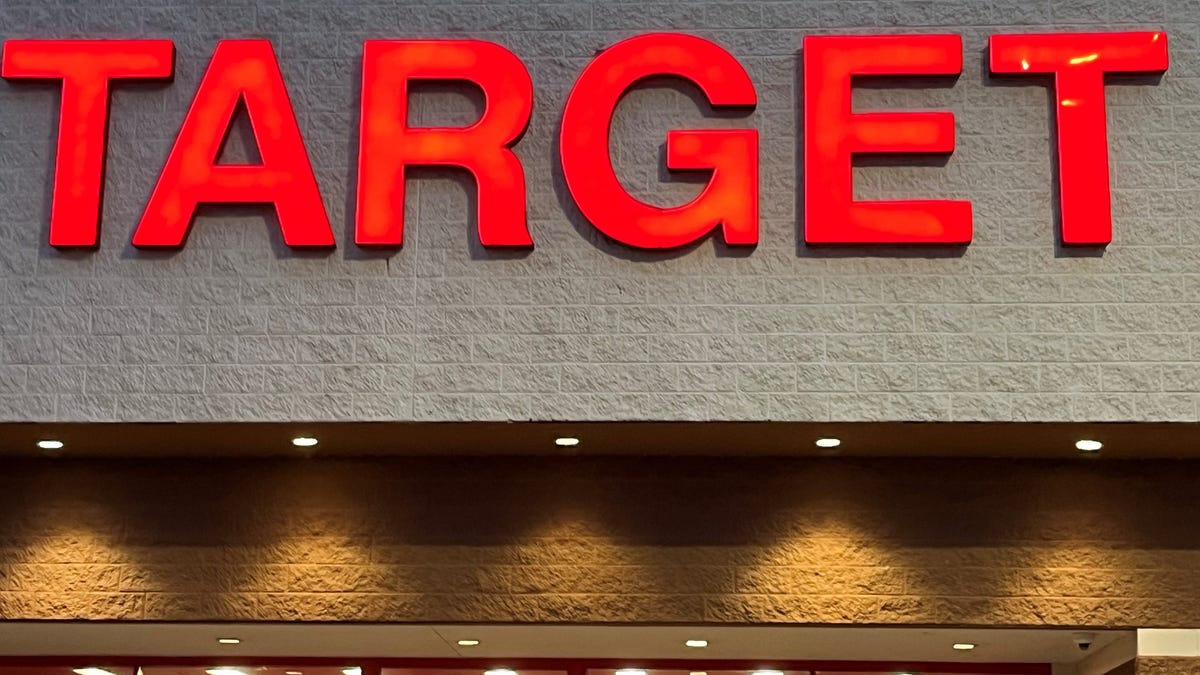President Donald Trump’s One Big Beautiful Bill Act, which will transform taxes and other federal policies, is indeed big: 1,116 pages in the House version and 887 pages in the Senate. How attractive it is to you depends largely on how big your paycheck will be in 2026.
The two bills are billions of dollars apart, but the general themes remain the same: Americans won’t face bigger tax bills next year, and a portion of the deficit spending will be offset with cuts in health and food assistance programs, affecting the finances of lower-income Americans.
The U.S. Senate narrowly passed its bill with 50 votes on July 1—with Vice President JD Vance casting the deciding vote—after intense Republican negotiations for changes. It now heads back to the House to reconcile the differences with on another tight deadline so it can be on Trump’s desk for signature into law by July 4.
What’s in the ‘Big Beautiful Bill’
The plan would make permanent the 2017 tax cuts from Trump’s first term. It would reduce some taxes, but it would raise others, and change spending amounts. USA TODAY looked for winners and losers if the bill becomes law. Here are examples of what we found.
High-income households would benefit most
Unable to view our graphics? Click here to see them.
Top 5 winners
High-income earners
Can’t see our graphics? Click here to view them.
The bill “would cut taxes on average by about $2,800 in 2026,” according to an analysis by the nonpartisan Tax Policy Center. More than two-thirds of the total cuts would go to those with annual incomes of about $217,000 or more, the center said. Those with incomes of $1.1 million or more would get nearly a fourth of the cuts.
Families with children
The House bill would increase the child tax credit by $500 to $2,500 through 2028. It would drop to $2,000 after that. But an estimated 4.5 million children become ineligible under a new requirement that both parents have a Social Security number, USA TODAY reported. The Senate bill permanently increases the tax credit to $2,200 and adjusts for inflation.
Children younger than 8 would be given $1,000 each for their parents to open “money accounts for growth and investment,” also known as a “MAGA” savings account.
What the Trump administration means for your wallet: Sign up for USA TODAY’s Daily Money newsletter.
Car buyers
From 2025 through 2028, the bills would allow people to deduct up to $10,000 annually in car loan interest payments if they buy an American-made vehicle. The deduction declines as your income rises past $100,000, or $200,000 for joint filers.
Those with overtime pay
Overtime wages, which are treated like regular wages with federal and state income taxes, Social Security and Medicare withholding, would not be taxed in the House bill. Federal revenue could be reduced by $680 billion to $866 billion from 2025 to 2034 if overtime pay wasn’t taxed, according to a study by the Tax Foundation and Yale’s Budget Lab in April. In the Senate bill, the first $12,500 of extra overtime pay would be tax-deductible through 2028 with $150,000 income limit.
Waiters and workers who get tips
All tips would not be taxed through 2028 in the House version. Tips are historically underreported, according to the IRS. Unreported tip income from noncompliant businesses could be as high as $23 billion, according to a report from the Treasury Inspector General for Tax Administration in 2018. In the Senate bill, the first $25,000 of tips are tax-deductible through 2028 with a $150,000 income limit.
Top 5 losers
Those making less than $50,000
Americans making about $17,000 to $51,000 would lose about $700. Those with an income of less than $17,000 would lose more than $1,000 on average. The losses are mainly a result of cuts in assistance programs including Medicaid, health insurance marketplaces, the Supplemental Nutritional Assistance Program and student loans.
SNAP/Medicaid recipients
The bill’s changes to Medicaid could result in as many as 7.6 million Americans losing health insurance over the next 10 years, according to initial estimates by the CBO. About $698 billion would be cut from the program in the House version. An estimated $1 trillion would be cut in the Senate version.
The measure would cut $267 billion in federal spending for Supplemental Nutrition Assistance Program, known as SNAP or food stamps, CBO said of the House version. It would also impose work requirements on those age 55 to 64 who benefit from the program, which provides food assistance to about 42 million Americans.
People with student loan debt
Student loan relief regulations enacted by President Joe Biden’s administration would be repealed in the House version, and the number of repayment plans for federally held loans would shrink to just two programs. The bill would also impose significant caps on loans for parents and undergraduate students, while eliminating a lending program for future graduate students.
Higher federal deficit
The bill’s provisions would increase the federal deficit by $3.8 trillion from 2026 to 2034, according to the CBO, which cited tax changes, including the extension of the 2017 tax act and its revenue and outlays for refundable credits.
Undocumented people
The bill would increase fees for legal immigration. It would impose a $1,000 fee on requests for asylum and require $500 payments for work authorizations every six months, USA TODAY reported. It would charge immigrants hundreds of dollars if they appeal court decisions, among other fees.
The bill would also discourage states from using their own money to provide Medicaid coverage to undocumented children.
CONTRIBUTING Riley Beggins, Bailey Schulz, Lauren Villagran Zachary Schermele, Chris Quintana and Dan Morrison
SOURCE USA TODAY Network reporting and research; Reuters; Tax Policy Center; Penn Wharton at the University of Pennsylvania; Center on Budget and Policy Priorities; Congressional Budget Office








